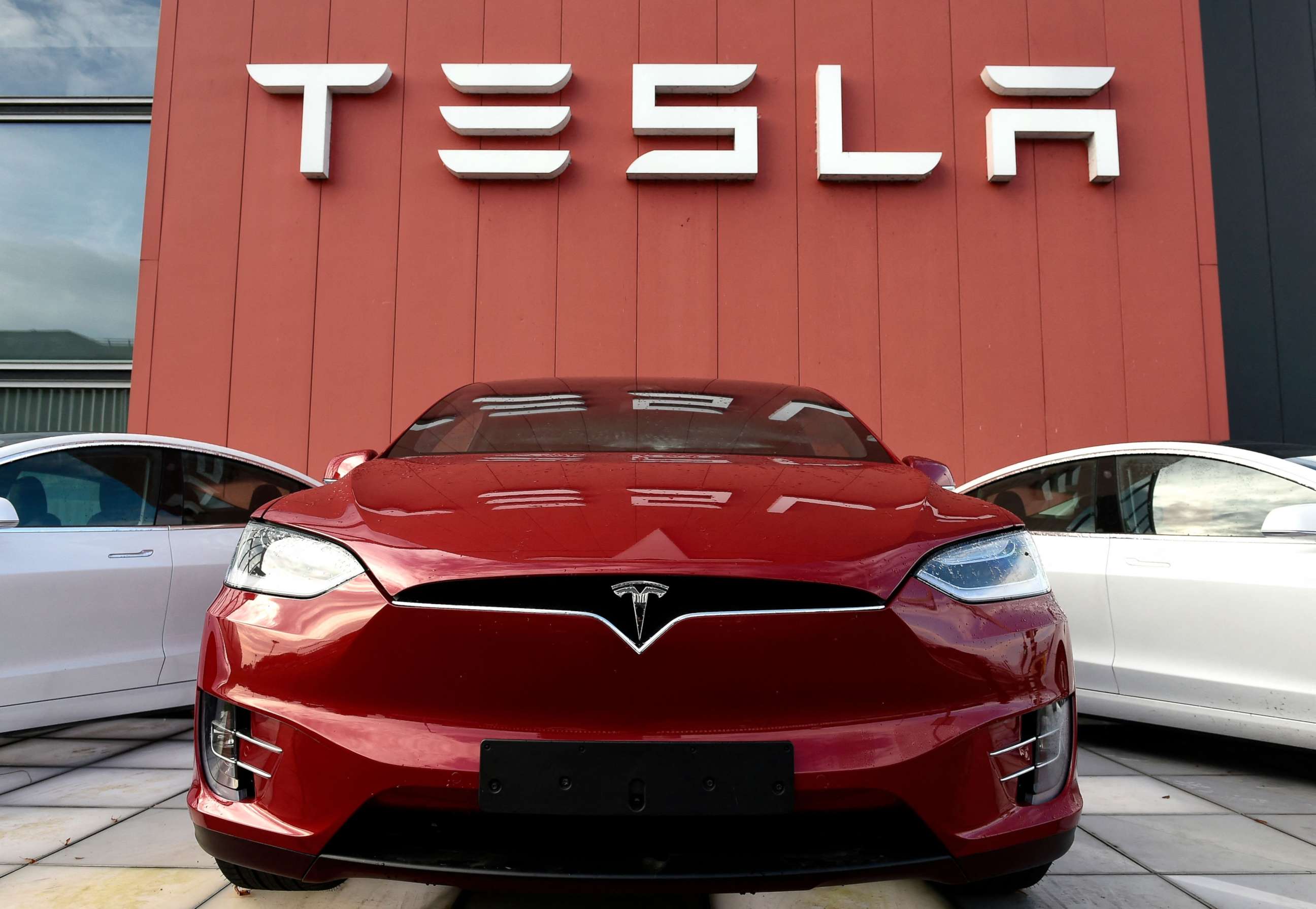
Elon Musk has never been a man of modest ambition. From the beginning, he envisioned Tesla as more than just a car company—it would be a revolutionary force, changing transportation, energy, and ultimately, the world. Over the years, Musk has made countless promises about Tesla’s future: from fully autonomous cars to fleets of robotaxis, to humanoid robots that would reshape labor itself.
These bold visions have helped fuel Tesla’s meteoric rise in the public imagination and on the stock market.
Yet, many of those promises remain unfulfilled. As Tesla faces stiffer competition and slowing sales, the question is whether Musk can finally deliver on his lofty goals—or if his words will remain just that: promises.
In 2016, Elon Musk made one of his most famous claims: that a Tesla would drive itself coast-to-coast across the United States by the end of 2017. That year came and went, but no such trip ever occurred.
Fast-forward to today, and while Tesla vehicles are equipped with an advanced driver-assistance system, they are far from achieving true autonomous driving.
Then, in 2019, Musk introduced the idea of a robotaxi network. He declared that by 2020, Tesla would have one million cars on the road capable of self-driving, ready to earn money for their owners while they slept.

As of now, that network still doesn't exist. Tesla has yet to release a finished version of Full Self-Driving (FSD) that does not require constant driver supervision. The reality is far from the original promise.
In 2024, Musk upped the ante once again, unveiling the Cybercab—a sleek, futuristic vehicle with no steering wheel or pedals. He claimed that it would operate with full autonomy by the end of the year and wouldn’t even need human supervision.
But despite the flashy announcement, Tesla vehicles still rely on drivers to monitor the car’s decisions. Worse, the National Transportation Safety Board (NTSB) has launched multiple investigations into crashes involving Tesla’s FSD system, undercutting Musk’s narrative of a self-driving future.
At Tesla’s most recent shareholder meeting, Musk even admitted that current Tesla vehicles would need hardware upgrades to achieve full autonomy. That admission contradicted earlier claims that future software updates alone would be enough.
So why do investors and fans continue to believe in Musk? Part of the answer lies in his ability to paint compelling pictures of the future.
In the same shareholder meeting where he revealed the hardware shortcomings, Musk shifted attention to new, dazzling prospects: robotaxis that could replace Uber, and Optimus—Tesla’s humanoid robot—which he claims could generate $10 trillion in annual revenue.
These declarations were enough to push Tesla stock up 4%, even as critics pointed out Musk’s long track record of over-promising. Wall Street remains divided. Some analysts, like Ryan Brinkman of JPMorgan, argue that Tesla’s current stock price doesn’t match the company’s actual performance.
Others, like Dan Ives of Wedbush Securities, maintain a bullish outlook, convinced that Tesla still has massive untapped potential through AI and automation.
Musk has often declared that Tesla would become the world’s number one automaker. At one point, this seemed within reach. Tesla pioneered the electric vehicle movement and dominated global EV sales for years. But that dominance is now being challenged.
In 2024, Tesla’s vehicle sales fell for the first time in years. In Germany, one of Europe’s key EV markets, Tesla sales in January dropped a shocking 59% compared to the same period the previous year. Meanwhile, Chinese automaker BYD has rapidly gained ground and, in some quarters, surpassed Tesla in EV deliveries. The race for global leadership is no longer Tesla’s to lose—it’s now a fierce competition.
Tesla also once held a significant advantage in the U.S. through a $7,500 federal tax credit for electric vehicles. However, under Donald Trump’s administration, that incentive is likely to be scrapped. Without it, Tesla could lose its pricing edge just as U.S. demand for EVs begins to cool. To make matters worse, Trump is also expected to ease environmental regulations.
That’s a blow to Tesla’s business model, which has long relied on selling regulatory credits to other automakers to help them meet emissions standards.
Elon Musk’s public image is a double-edged sword. His boldness and charisma have attracted millions of followers and billions in investor dollars. But his increasingly political behavior has caused controversy.

He openly supports Donald Trump and far-right parties in Germany—stances that may damage Tesla’s reputation in progressive markets where environmentalism and diversity are key brand values.
Moreover, Musk no longer appears as laser-focused on Tesla as he once was. In Tesla’s early years, he famously slept at the factory to meet production targets. Today, his attention is divided between multiple ventures: SpaceX, Neuralink, The Boring Company, and his ownership of social media platform X. Critics argue that this distraction is a major reason why so many of his Tesla-related promises remain unfulfilled.
Despite everything—missed timelines, controversial politics, falling sales, and intensifying competition—Musk remains confident that Tesla will not just survive, but triumph. His vision for Tesla is still alive: not merely an automaker, but a tech powerhouse that leads in AI, robotics, and automation.
Tesla is at a crossroads. On one path, Musk fulfills his vision: robotaxis redefine transport, Optimus robots revolutionize labor, and Tesla becomes the undisputed king of mobility and technology. On the other, Musk continues to make grand proclamations while rivals like BYD and legacy automakers close the gap and surpass Tesla.
One thing is certain: the time for promises is running out. 2025 will be a defining year. If Musk can finally transform vision into reality, he may yet make Tesla the number one automaker in the world. If not, Tesla could become a cautionary tale of ambition unfulfilled.
But for now, Elon Musk presses on—undaunted, unapologetic, and still promising the future.
-1747123038-q80.webp)
-1746254624-q80.webp)
-1742269303-q80.webp)
-1745204969-q80.webp)